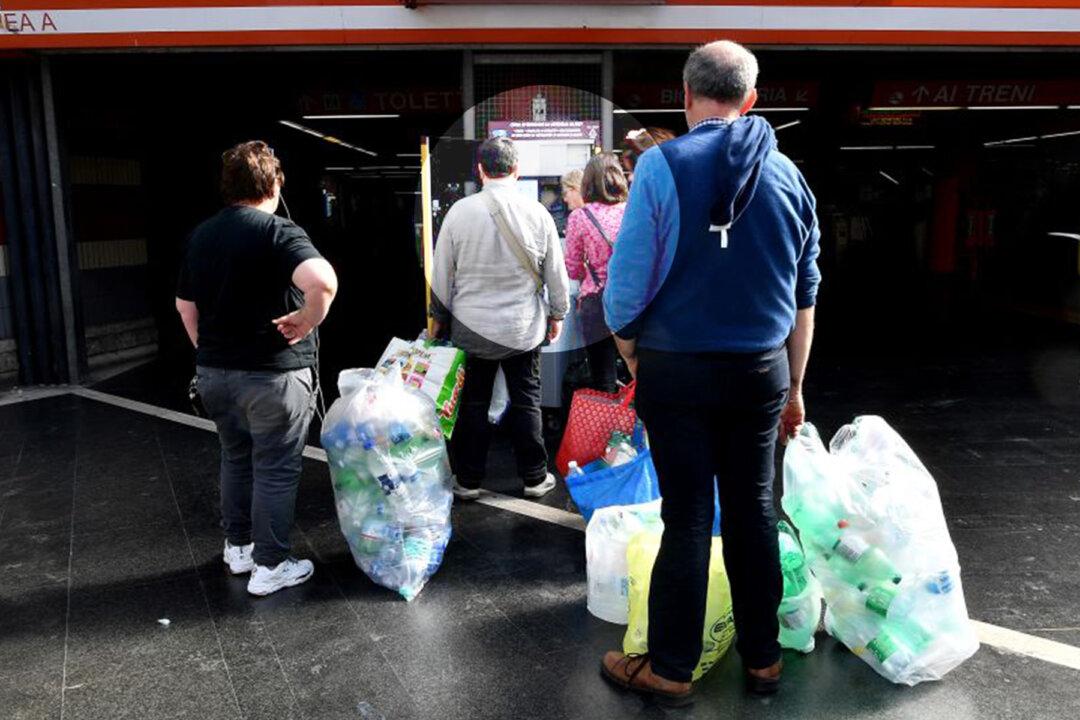Tourists and commuters alike can now get around Rome and recycle used plastic bottles to save the environment at the same time.
People traveling across the ancient city via its metro network can trade plastic for transit credits at three of Rome’s major metro stations thanks to an environmentally friendly initiative that is now being implemented.





